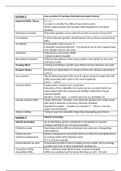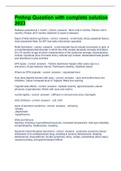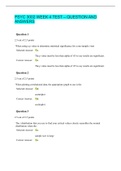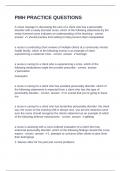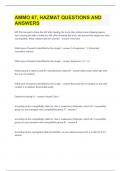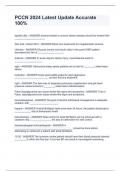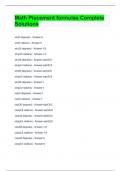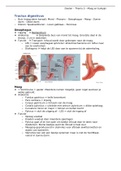Samenvatting
Summary of all concepts of JDM course
- Instelling
- Vrije Universiteit Amsterdam (VU)
9 page complete overview of ALL concepts discussed in the Judgement and Decision Making course of the Minor understanding and influencing decisions in business and society.
[Meer zien]
